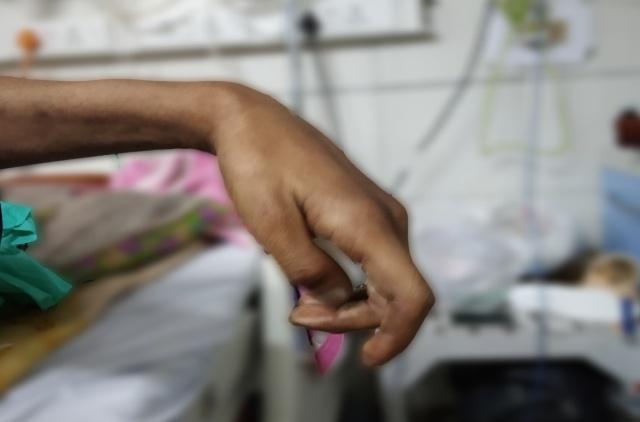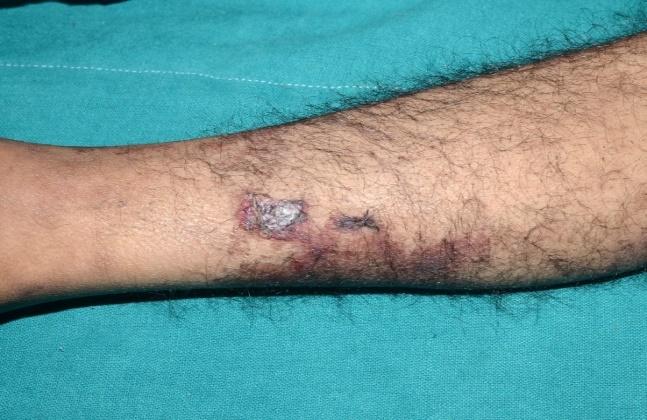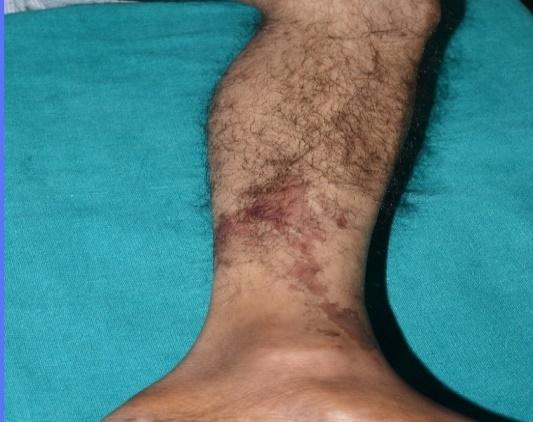Key findings:
The abstract reports a case of polyarteritis nodosa (PAN) primarily presenting with neuropathy in the context of hepatitis B virus (HBV) infection. It underscores the importance of considering PAN in patients with nonspecific symptoms and HBV positivity, highlighting the need for comprehensive diagnostic evaluation and tailored management strategies.
What is known and what is new?
Polyarteritis nodosa (PAN) is a known small and medium vasculitis often associated with nonspecific symptoms and occasionally with hepatitis B virus (HBV) infection. However, this abstract presents a case highlighting PAN's clinical manifestation primarily as neuropathy in the context of HBV infection, emphasizing the need for heightened clinical suspicion and targeted management strategies.
What is the implication, and what should change now?
The case highlights the importance of considering polyarteritis nodosa (PAN) in patients presenting with nonspecific symptoms, particularly neuropathy, and a history of hepatitis B virus (HBV) infection. It underscores the need for comprehensive evaluation and prompt management, including antiviral therapy, immunosuppression, and plasma exchange, to effectively address HBV-related PAN and prevent complications.






